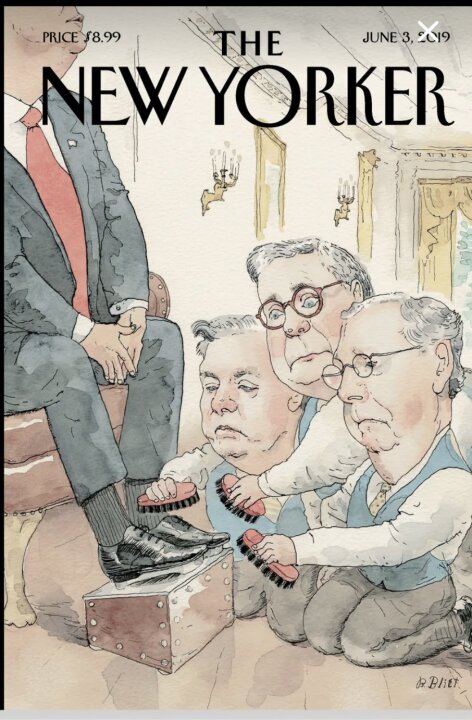What the best case scenario for a Trump Presidency could look like.
One of President-elect Trump‘s imposing talents has been to be amorphous enough so that various strands of the Republican coalition can find something appealing in his message, platform and policies.
If you had to divide the GOP today, as opposed to 20 years ago, the previously three constituent strands of the party namely, fiscal conservatism, social conservatism and anti-communist hawkishness have morphed into two distinctly different currents which flow through today’s Republican Party and electorate. The first and Trump empowered segment revolves around nationalism, nativism, protectionism, culture war, global disengagement, populism, lower-income voters and blue-collar workers of all ethnicities.
The other section of the party is populated by the proponents of the pre-Trump Republican consensus positions. They’re skeptical of illegal immigration but against mass deportations and in support of legal immigration. On economics, their positions include a commitment to free trade, although with caveats, support for lower taxes, non-military spending cuts, a modicum of fiscal discipline, deregulation, the nomination of pro-business federal judges and union-skepticism. On foreign policy, this part of the GOP still supports American primacy, leadership, a global footprint, engagement and a hawkish approach to America‘s enemies.
If this strand of the party comes through and the other one remains relatively dormant, the outcome wouldn’t be that problematic. It could actually yield positive results both domestically and internationally. Alas, the odds for that are slim. However, it‘s still conceivable that on immigration, trade and foreign policy Trump doesn’t follow the most heterodox of his impulses.
If you had to divide the GOP today, as opposed to 20 years ago, the previously three constituent strands of the party namely, fiscal conservatism, social conservatism and anti-communist hawkishness have morphed into two distinctly different currents which flow through today’s Republican Party and electorate. The first and Trump empowered segment revolves around nationalism, nativism, protectionism, culture war, global disengagement, populism, lower-income voters and blue-collar workers of all ethnicities.
The other section of the party is populated by the proponents of the pre-Trump Republican consensus positions. They’re skeptical of illegal immigration but against mass deportations and in support of legal immigration. On economics, their positions include a commitment to free trade, although with caveats, support for lower taxes, non-military spending cuts, a modicum of fiscal discipline, deregulation, the nomination of pro-business federal judges and union-skepticism. On foreign policy, this part of the GOP still supports American primacy, leadership, a global footprint, engagement and a hawkish approach to America‘s enemies.
If this strand of the party comes through and the other one remains relatively dormant, the outcome wouldn’t be that problematic. It could actually yield positive results both domestically and internationally. Alas, the odds for that are slim. However, it‘s still conceivable that on immigration, trade and foreign policy Trump doesn’t follow the most heterodox of his impulses.
















